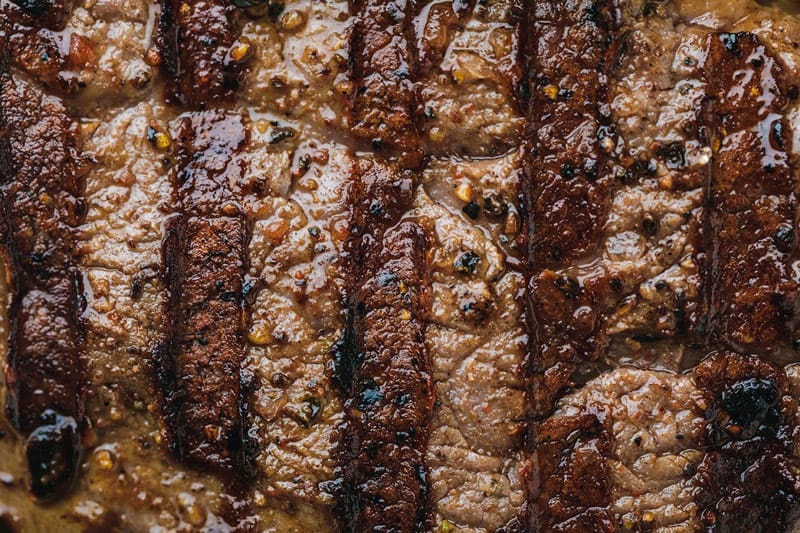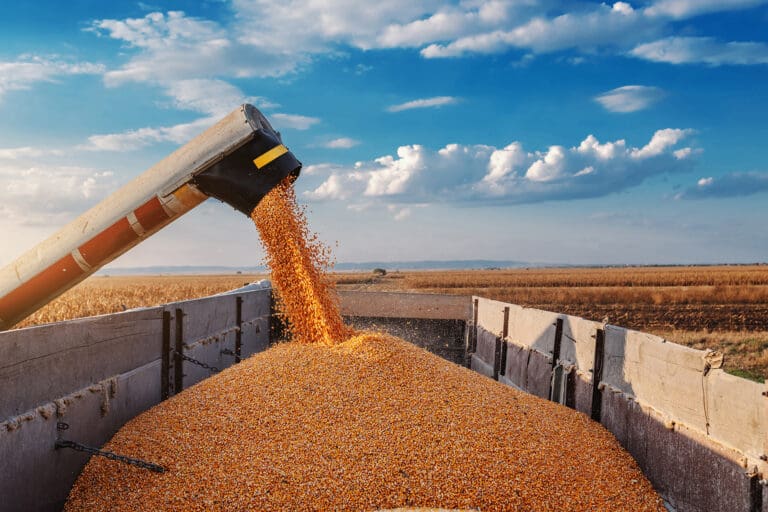Illex squid prices surge amid seasonal fishing closure in Argentina
The Illex squid (Illex argentinus) season north of the 44°S parallel concluded on August 31 in Argentina. Consequently, the fishing season will be closed from September to January as a measure to protect juvenile Illex squid.
Illex squid cuts prices have increased, particularly for Squid Illex rings (3-6 cm FOB China), which recorded a 3.76% m-o-m and a 4.55% y-o-y increase in August, reaching $4.14 kg. Additionally, the rise in the price of frozen Illex Squid Tubes (U5, U7, and U10) can be attributed to the end of the Argentine Illex squid season, coupled with a significant reduction in the landing of raw material in August.
Argentina’s Ministry of Agriculture, Livestock, and Fisheries reported that the total annual catch of Illex argentinus amounted to 153,475.1 mt, reflecting a small growth of 0.12% y-o-y in August. Despite the positive overall landing figures, the distribution of good catches has been highly concentrated in the first half of the year. Meanwhile, August catches were 120.5 mt, a significant reduction compared to the 50,224.785 mt documented in February 2024. This sharp drop in supply may explain the upward price trend observed at the end of August.
Australia’s Aug 2024 beef exports dip from record highs; US-bound volumes at 9-year high
In August 2024, Australia’s beef and veal exports fell to 121,797 metric tonnes (mt), a 6.3% decrease from July’s record high. This decline was driven by reduced exports to major markets including Japan, China, and Korea, although shipments to the US remained robust. Year-to-date (YTD) exports increased by 25.8% to over 853,203 mt, supported by strong global demand and higher production.
The US was a standout market, with exports reaching 41,006 mt in August, up 59.2% year-on-year, the highest since July 2015. This reflects the US’s growing dependence on Australian beef due to domestic herd shortages.
Exports to Japan dropped by 25.2% month-on-month (m-o-m) to 19,676 mt, marking the first time volumes dipped below the 20,000 mt mark since January 2024. This decline was influenced by reduced dining out caused by summer heat and Typhoon Ampil, as well as a stronger Australian dollar that increased import costs.
Korea-bound exports decreased by 13.1% from July, reflecting economic concerns and a weak currency impacting import demand. Conversely, YTD exports to Korea grew by 5.0% to 127,472 mt.
Chinese exports fell by 6.8% to 15,149 mt, affected by approaching safeguard tariffs and increased competition from South American beef. Overall, Australia’s total meat exports, including beef, veal, mutton, lamb, and pork, decreased by 5.36% to 199,338 mt
Japan’s July 2024 beef imports surge 27.5% y-o-y; Tourism spike supports growth
Japan’s beef imports in July 2024 surged by 27.5% year-on-year (y-o-y), reaching 49,347 metric tonnes (mt), according to the latest data from Trade Statistics of Japan. This increase was driven by a 53.5% y-o-y jump in Australian beef imports to 26,559 mt, which now dominates 53.8% of the market.
Despite a 3.8% month-on-month (m-o-m) increase from June, imports from its key supplier, the United States (U.S.), continued to shrink, down 6.1% m-o-m to 14,344 mt, retaining a 29.1% market share. Meanwhile, New Zealand’s imports surged 68.3% y-o-y but fell 12.9% m-o-m due to seasonal supply constraints.
Japan’s food service sector, which heavily relies on imported beef, faces ongoing challenges from rising costs and a shrinking population. A spike in tourism this year provided a boost to the food service sector and helped mitigate the impact of declining domestic beef consumption.
For further insights, please watch our most recent red meat webinar replay.



